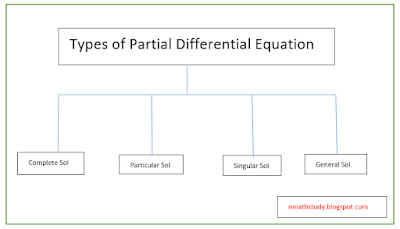Euler's Theorem of Homogeneous Function
Euler's Theorem of Homogeneous Functions Euler's Theorem of Homogeneous Functions Euler's theory of equivalent functions clarifies a key concept in statistical analysis, showing the relationship between equivalent functions. Discover deeper insights into the scaling behavior of these functions and their impact on mathematical models, optimization, and applications. Unpack the basic principles of Euler's theorem and dive clearly and deeply into the fascinating world of identical functions. If \(z\) be a homogeneous function of \(x, y\) of order \(n\), then \(x\frac{\partial z}{\partial x}+y\frac{\partial z}{\partial y}=nz\) all Proof: Since \(z\) is a homogeneous function of \(x, y\) of order \(n\). \(z=x^{n}f(\frac{y}{x}) \dots (1)\) \(\frac{\partial z}{\partial x}=n~x^{n-1}f(\frac{y}{x})+x^{n}.f^{\prime}(\frac{y}{x}).(-\frac{y}{x^{2}}).\) or ...

